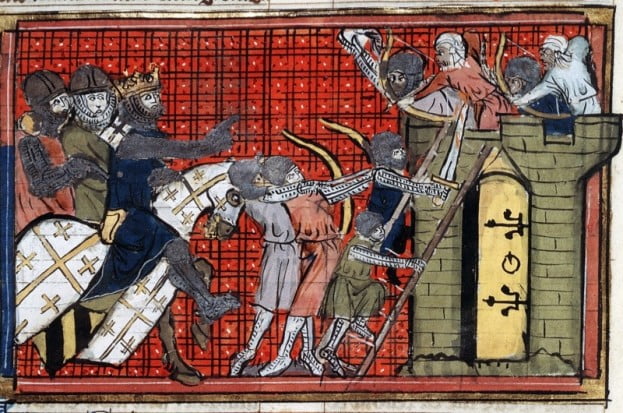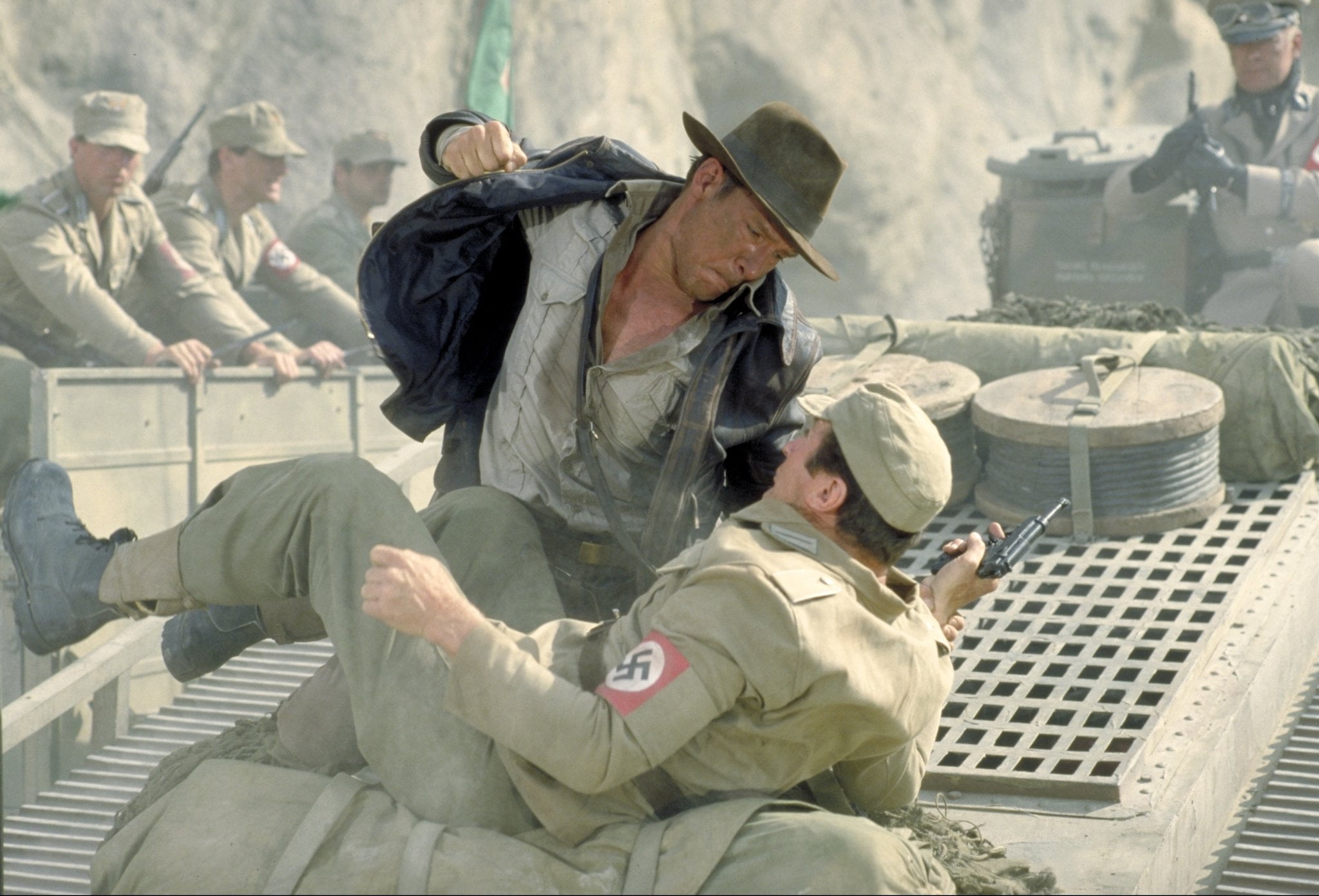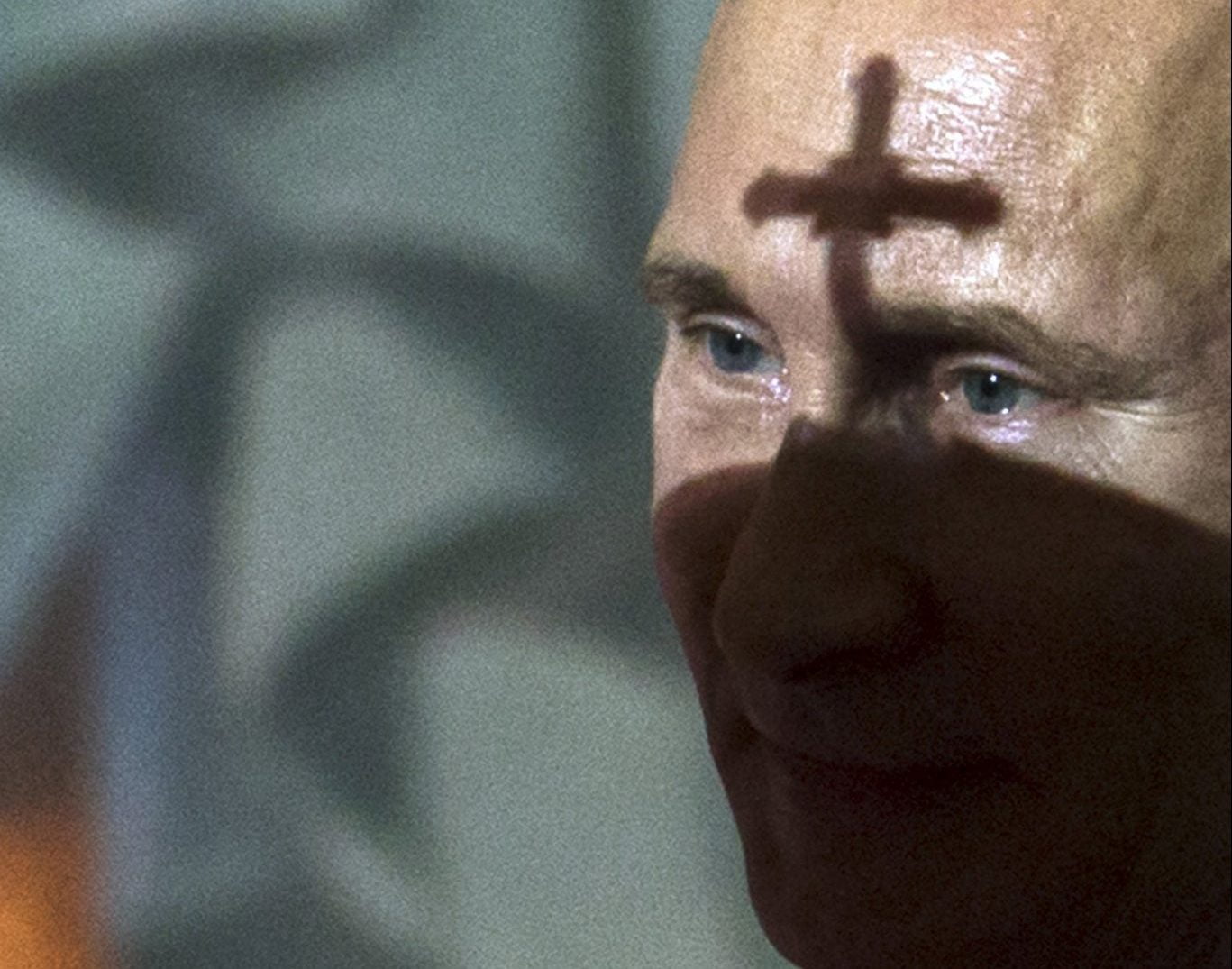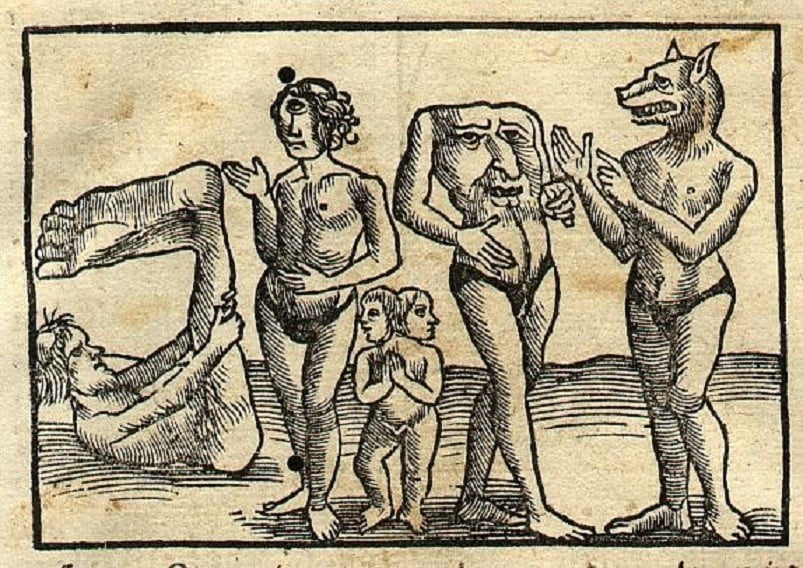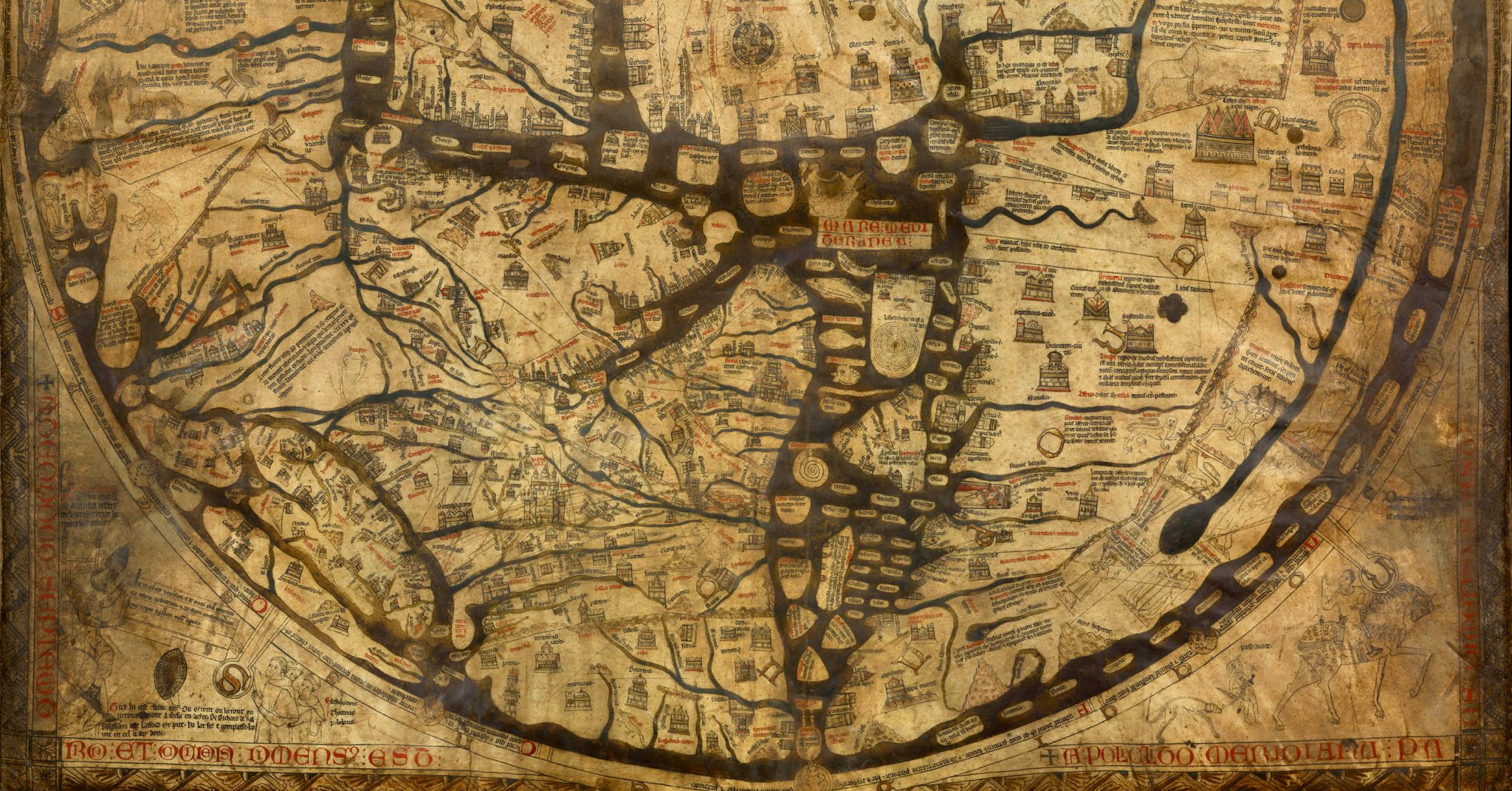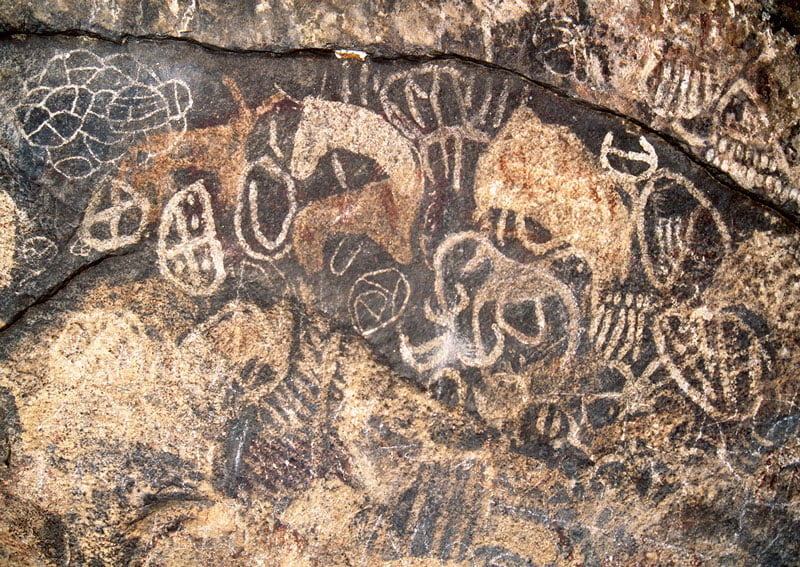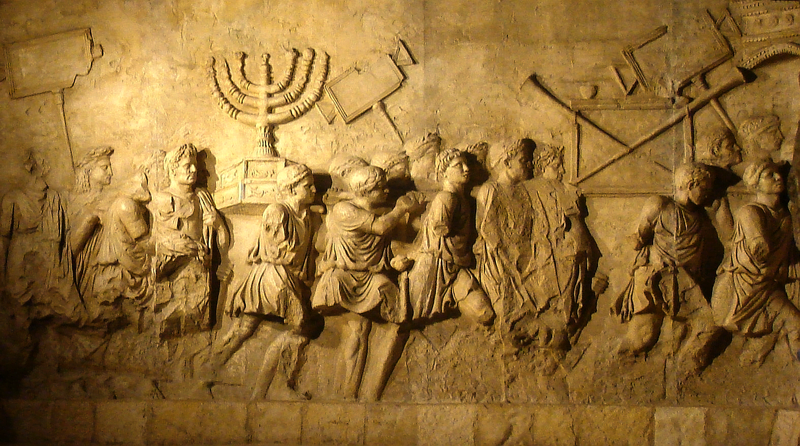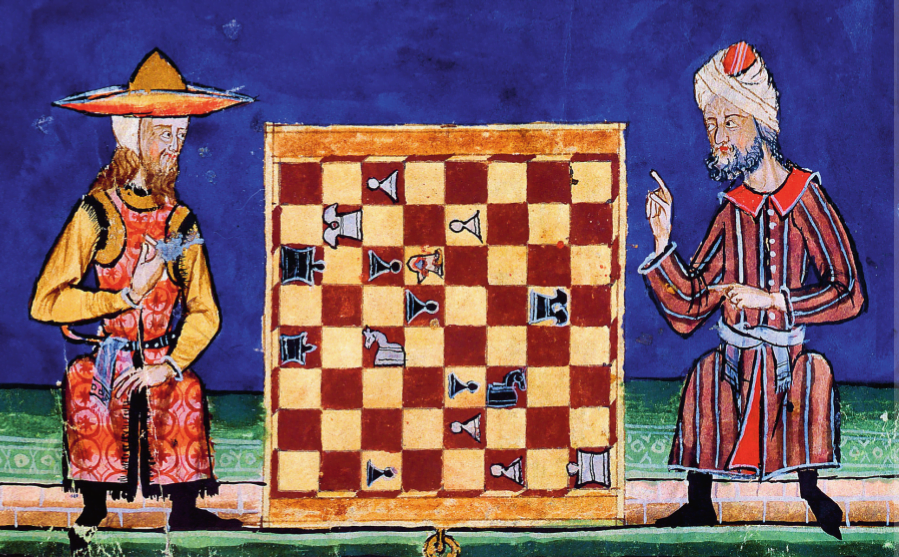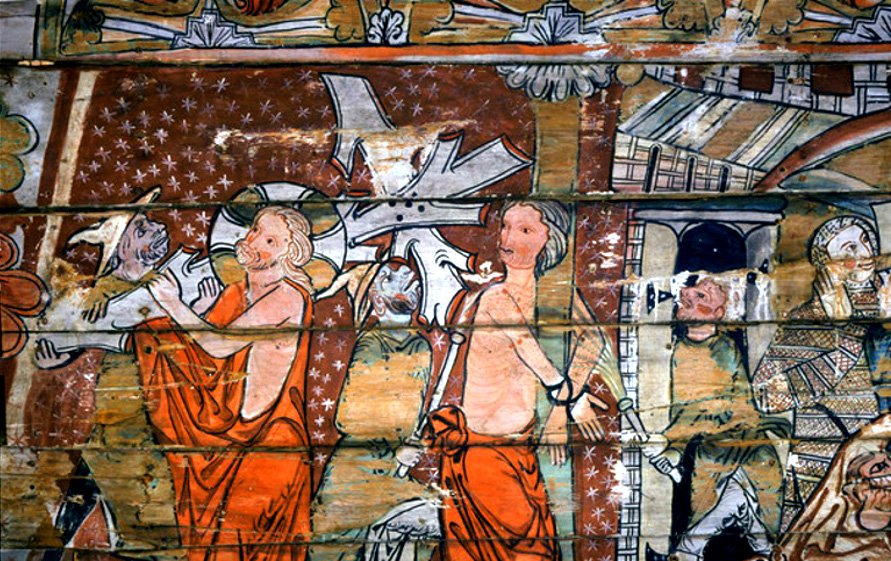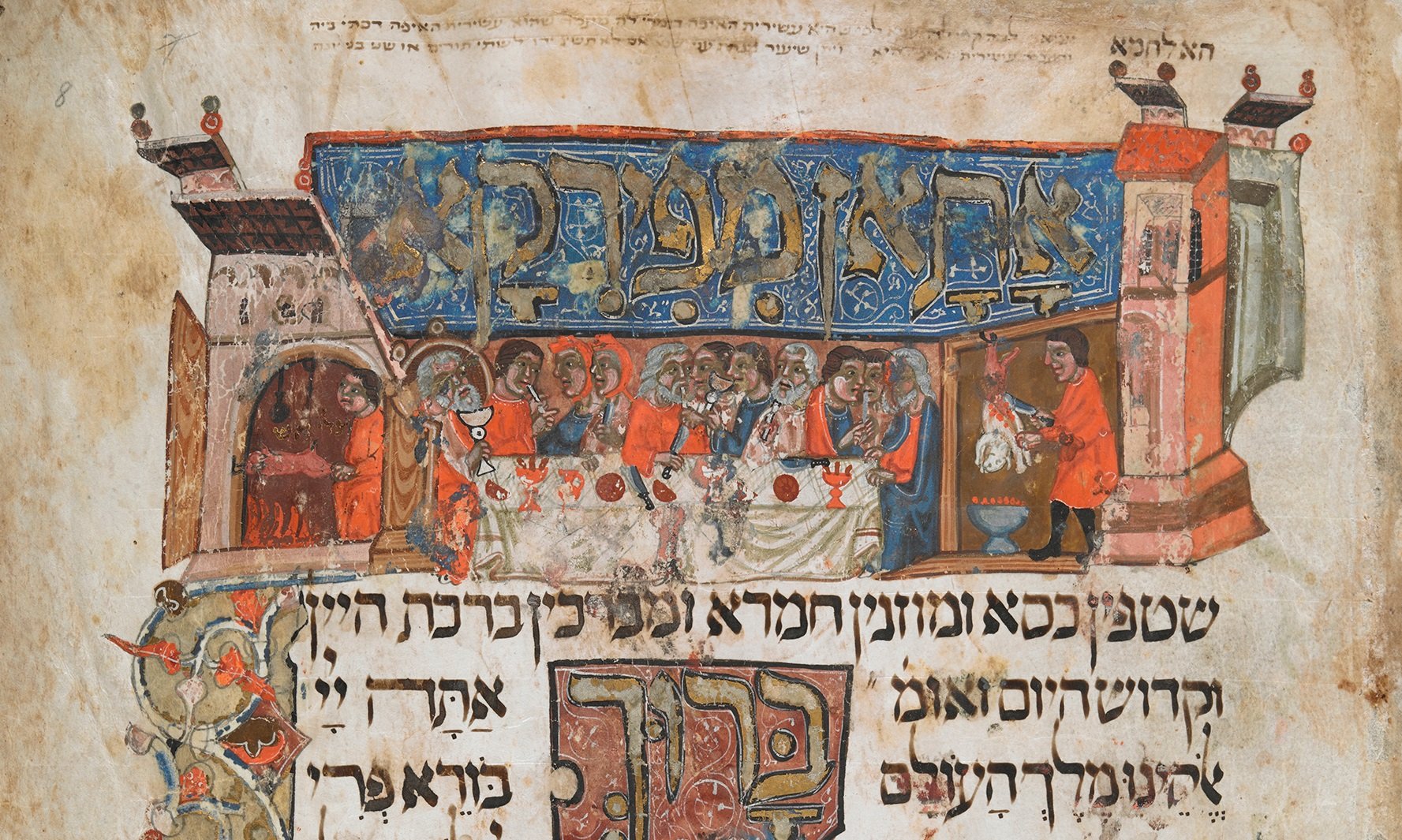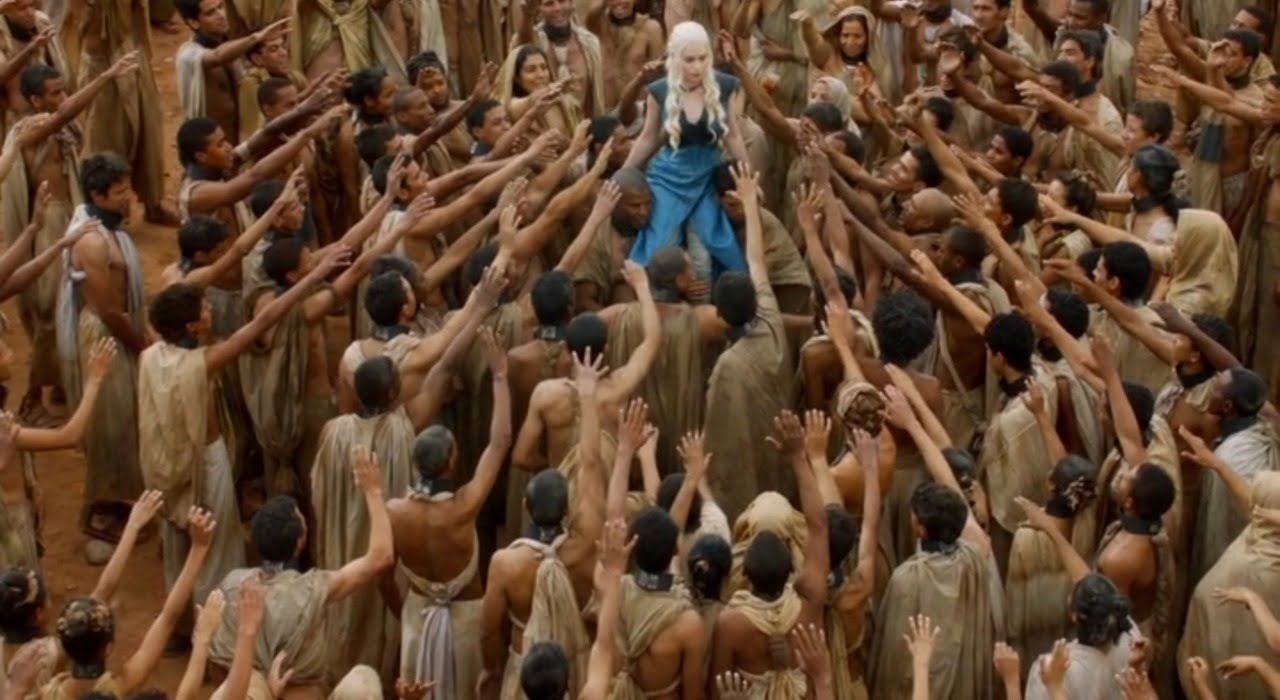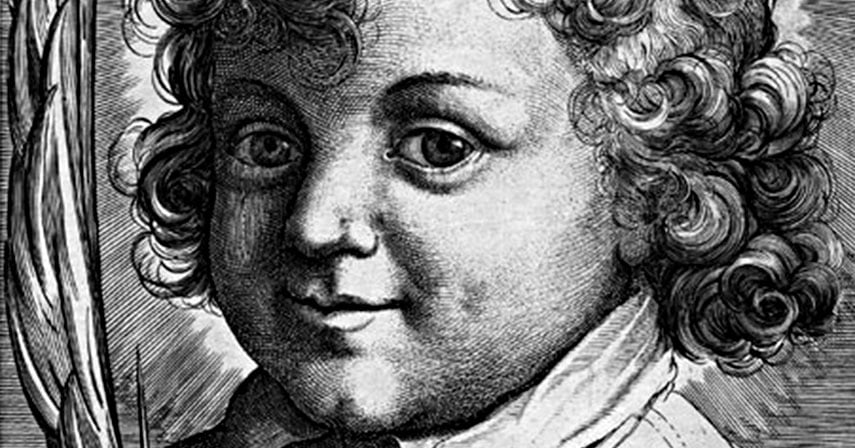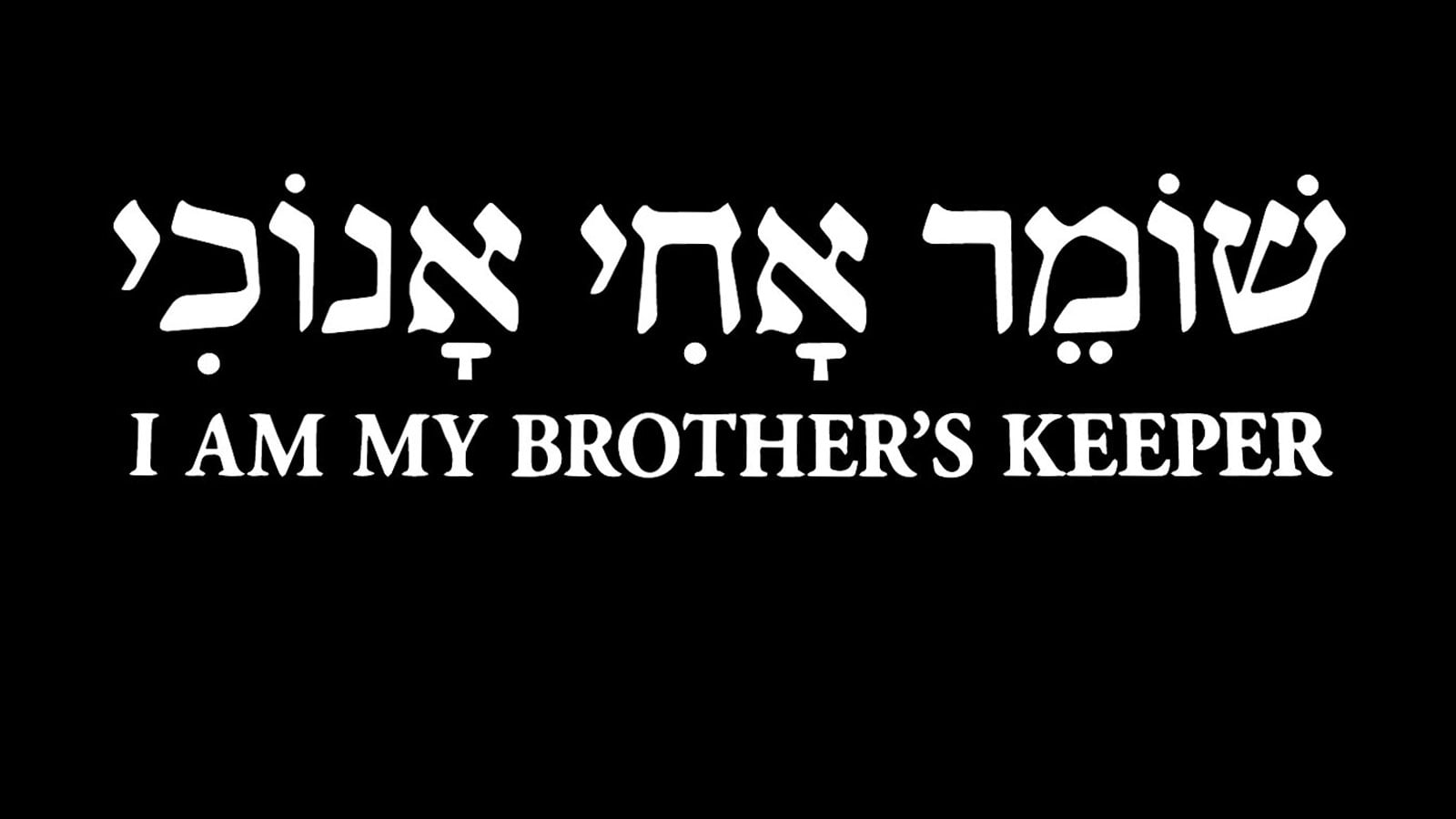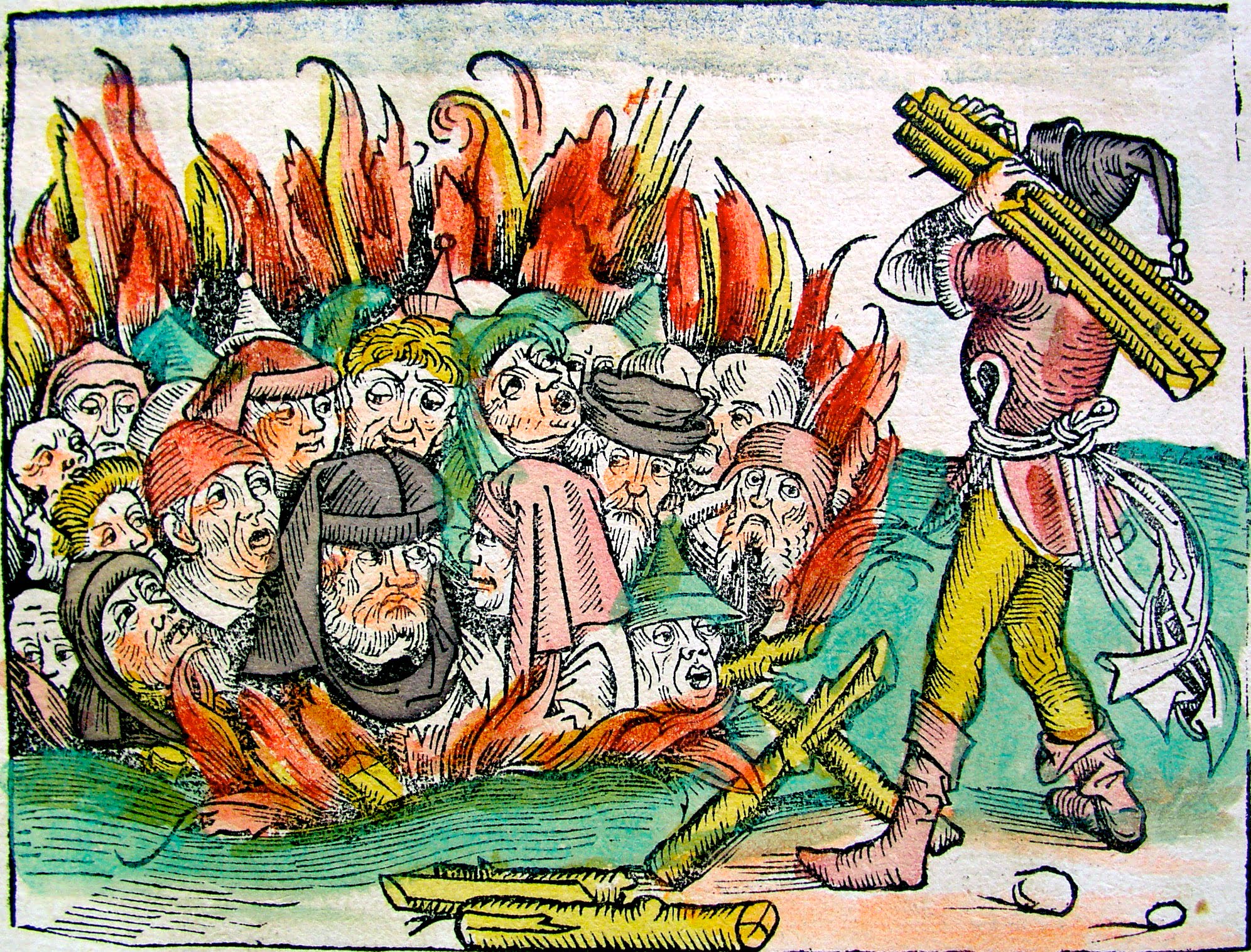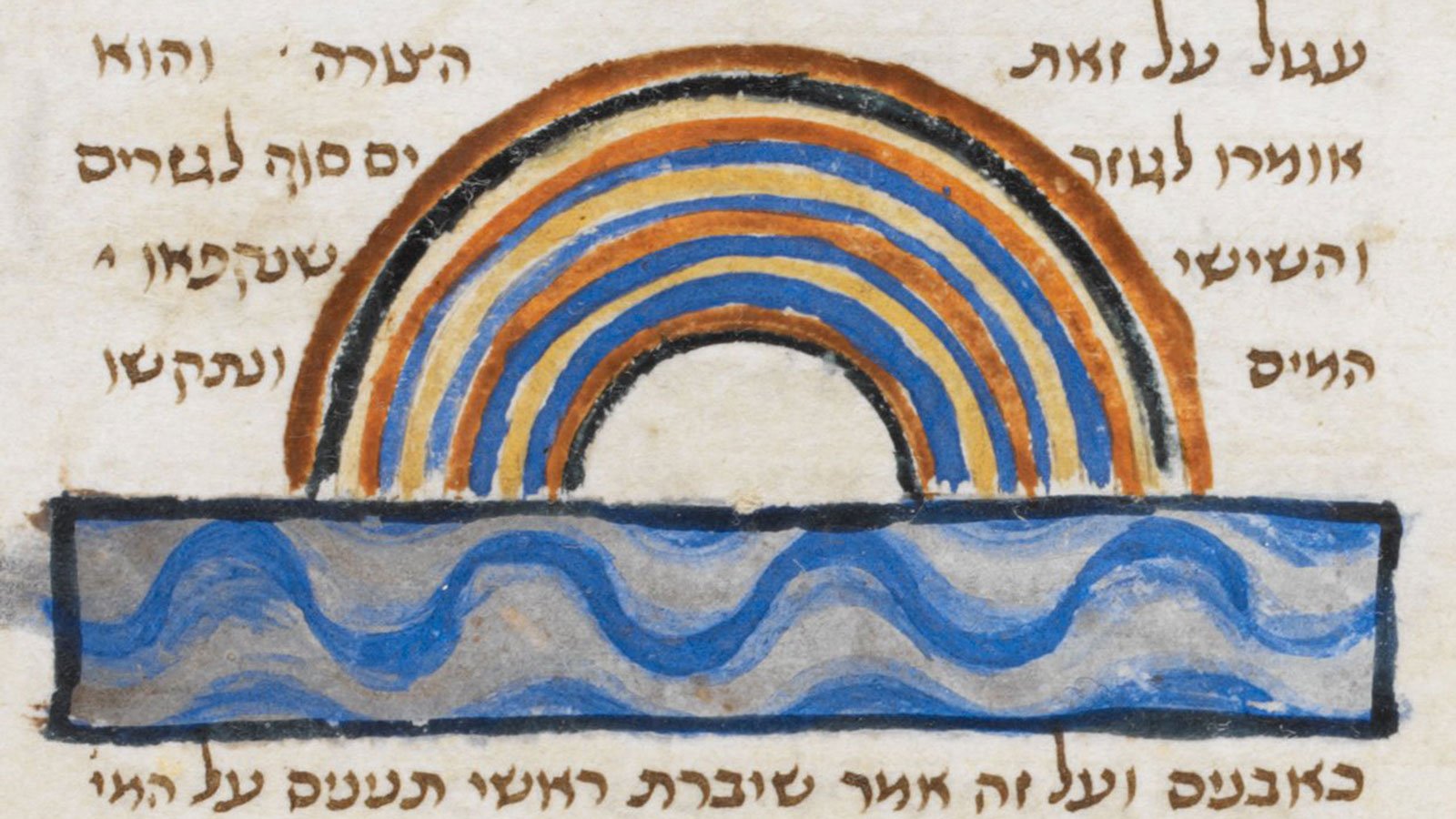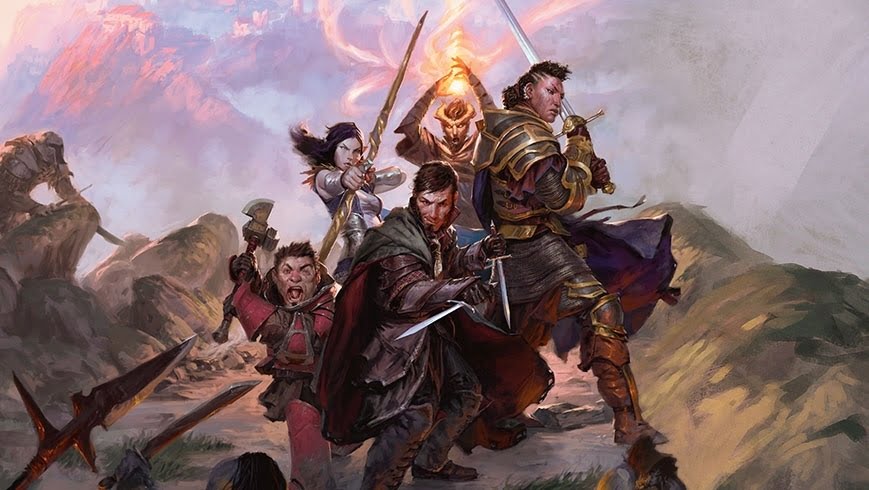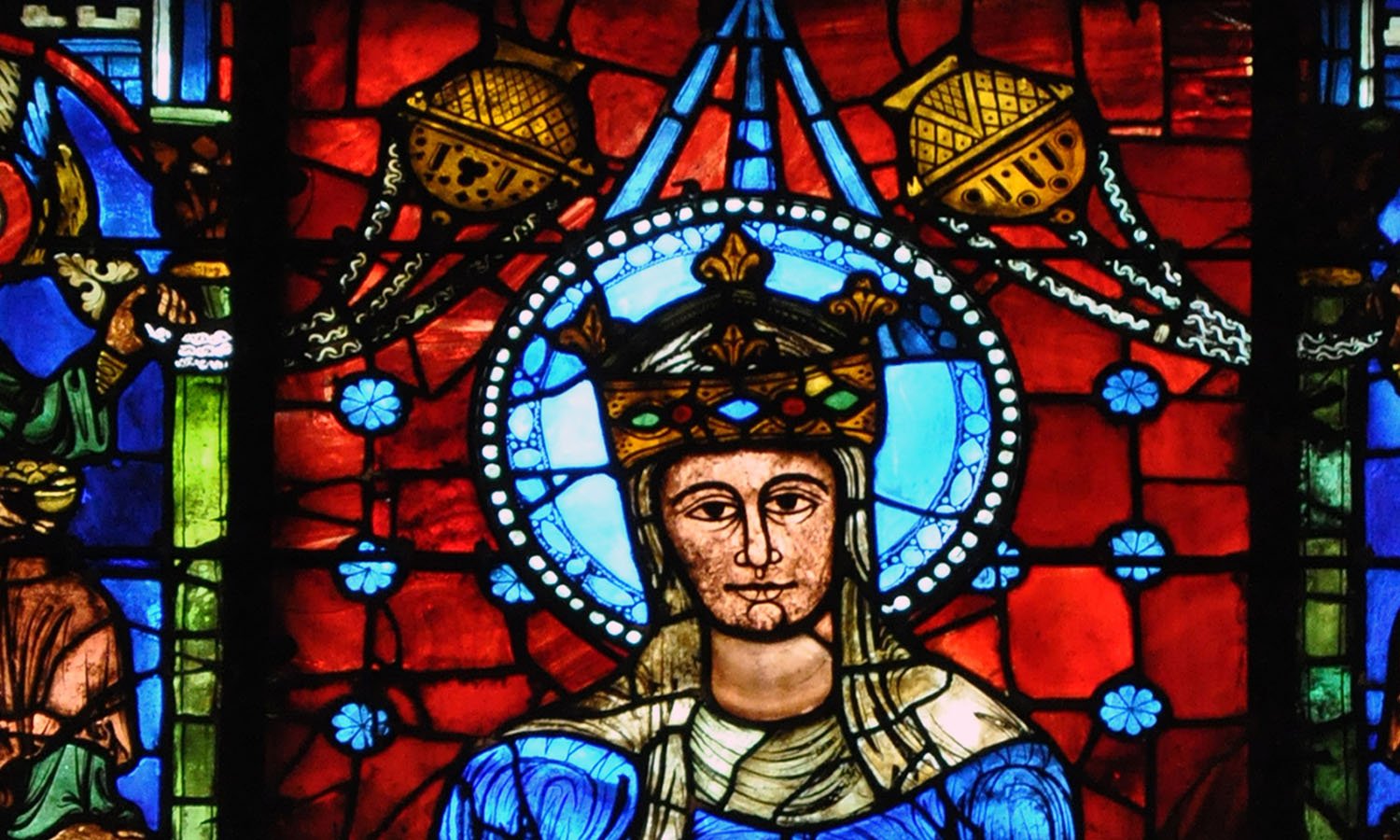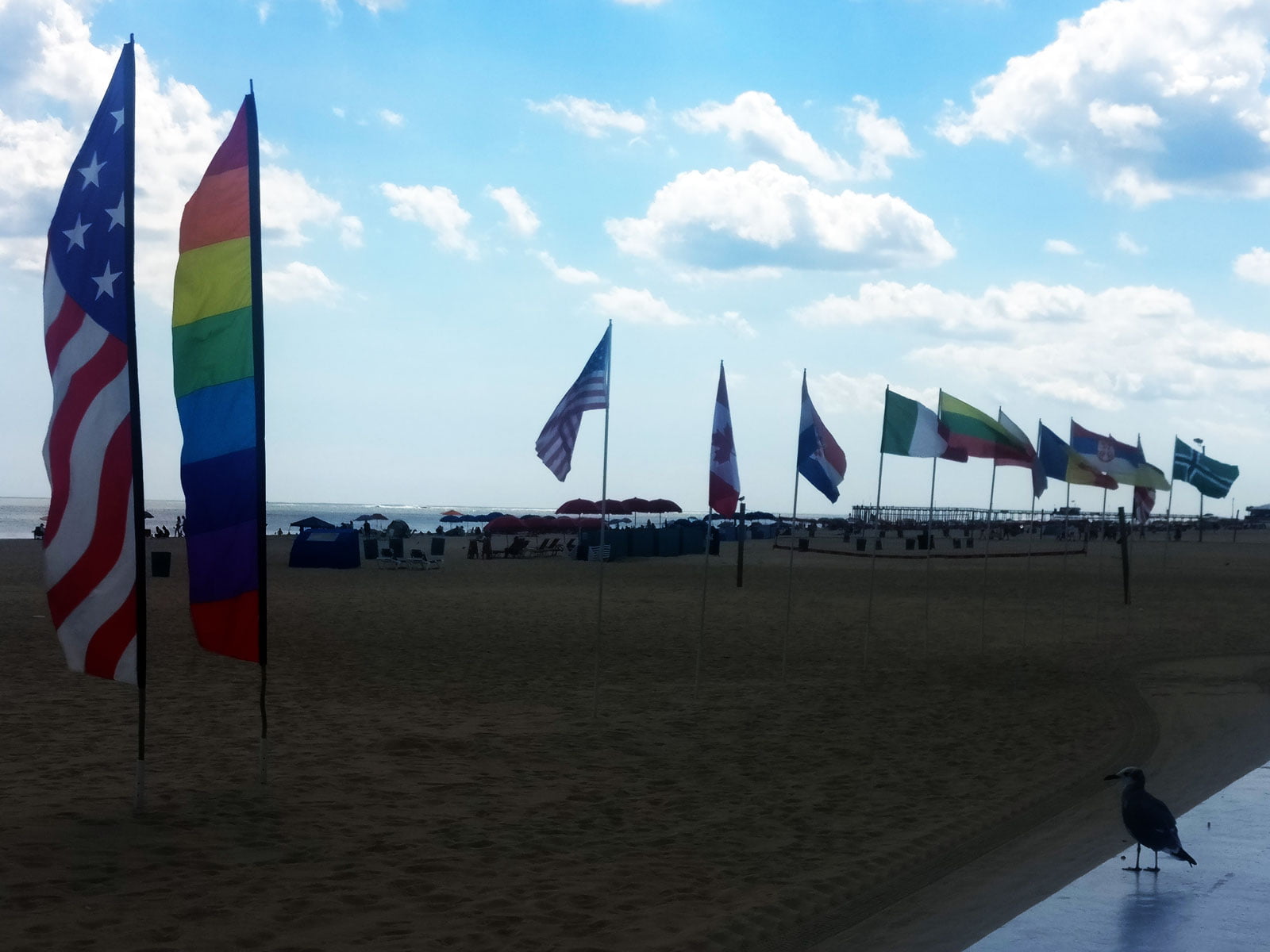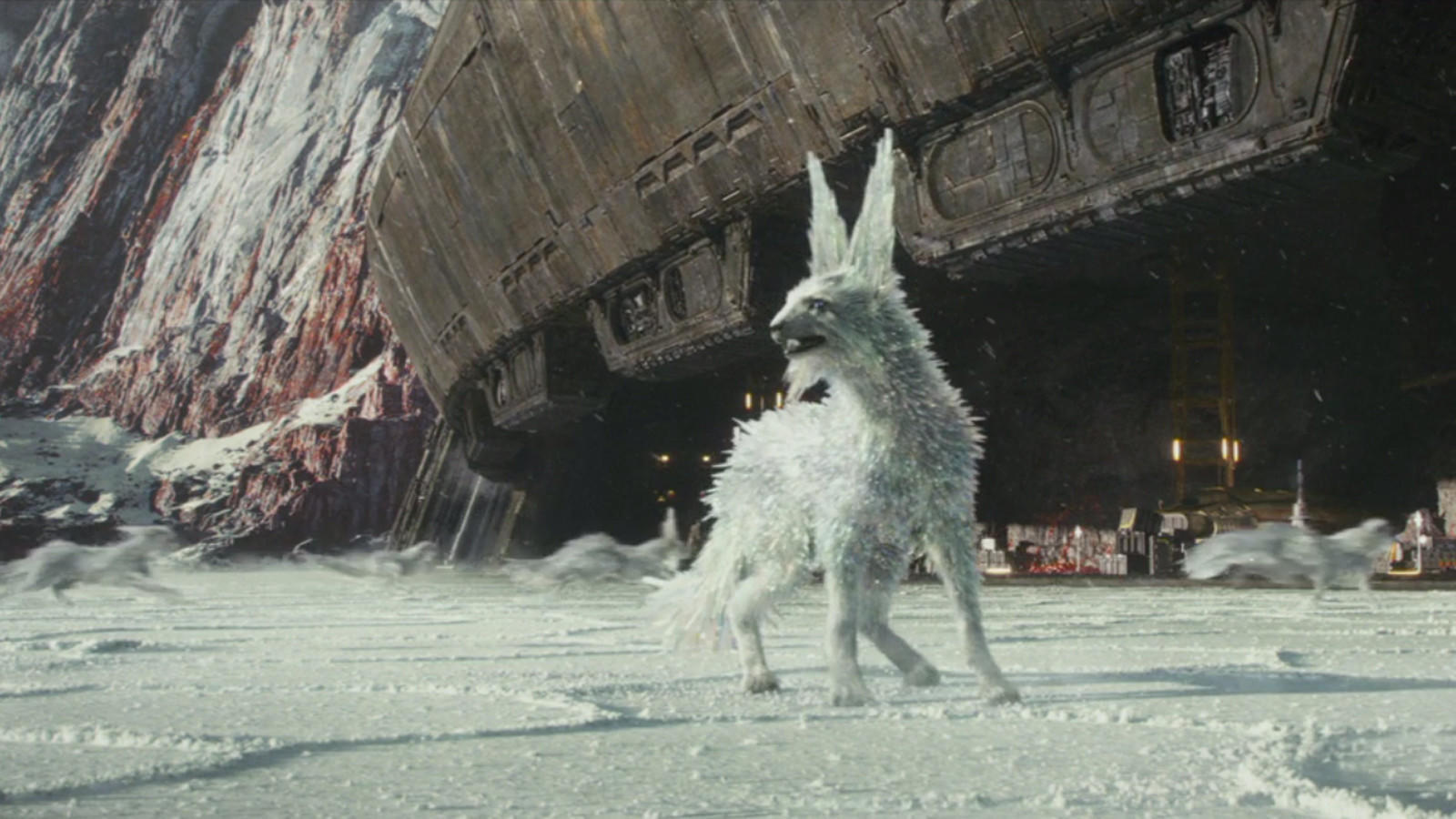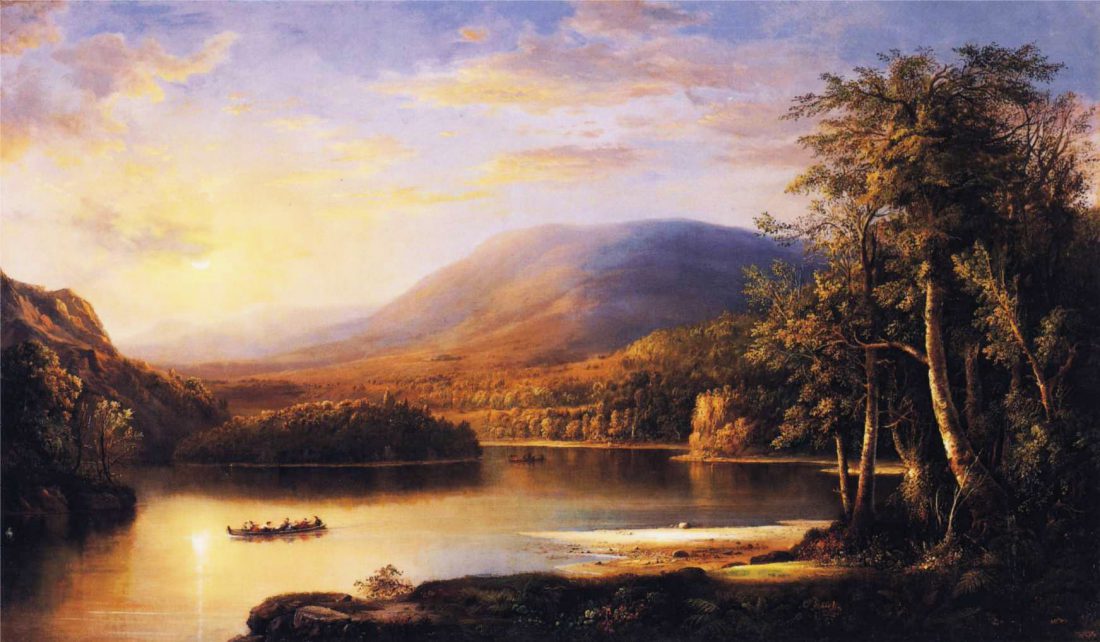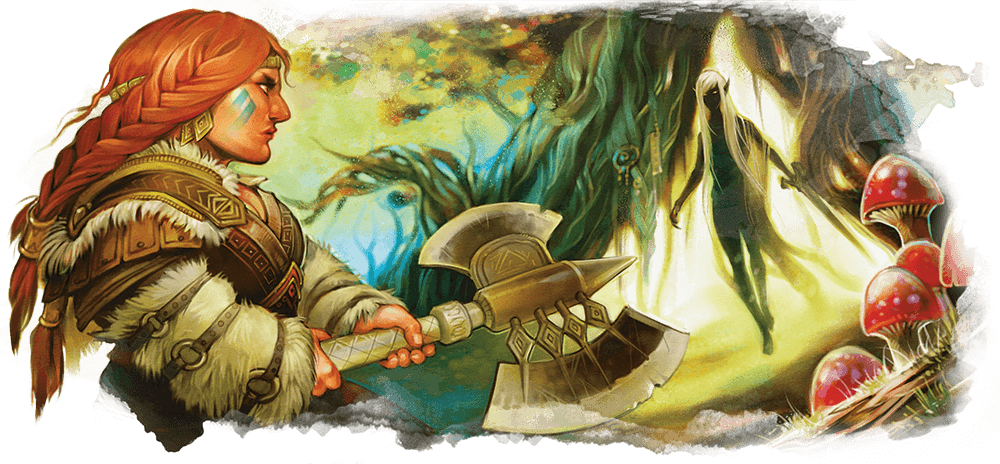In February, 2017, The Public Medievalist inaugurated a new special series of essays on one of the thorniest issues surrounding the Middle Ages today: Race, Racism, and the Middle Ages. Issues of race lie at the heart of our understanding of the medieval world; racists—even within the ranks of the academic medievalist community—have, for far too long, warped our understanding of the past. And considering the recent uptick of overt prejudice, hate crimes, and politically sanctioned racism in the US and Europe, this series seems particularly timely and necessary.
The series is currently ongoing.
The goal of this series is the same as the overarching goal of The Public Medievalist: present cutting-edge scholarship that explores these issues with depth, nuance, and complexity, and do it in as accessible a manner as possible. We hope that you find these essays thought-provoking, enjoyable, and useful.
Introduction: Race, Racism, and the Middle Ages: Tearing Down the “Whites Only” Medieval World
by Paul B. Sturtevant
Introducing a new Public Medievalist series: taking on the white-supremacist ideas of the medieval past, and exploring the stories of people of color in the Middle Ages.
Part I: A Brief History of a Terrible Idea: The “Dark Enlightenment”
by Amy S. Kaufman
White supremacists promote a bizarre theory: that the Enlightenment was the real “Dark Ages”.
Part II: A Vile Love Affair: Right Wing Nationalism and the Middle Ages
by Andrew B. R. Elliott
Right wing nationalists since Hitler have had a love affair with the Middle Ages. Why is their twisted version of the past on the rise again?
Part III: “Race” in the Trenches: Anglo-Saxons, Ethnicity, and the Misuse of the Medieval Past
by James M. Harland
Right wing nationalists since Hitler have had a love affair with the Middle Ages. Why is their twisted version of the past on the rise again?
Part IV: Is “Race” Real?
by Paul B. Sturtevant
Spoiler Alert: not in the way you might think. Everything you’ve been taught about “race” is is completely made up. Here’s how we know…
Part V: To Russia, With Love: Courting a New Crusade
by Amy S. Kaufman
How “civilizational conservatives” want Trump and Putin to start a new Crusade.
Part VI: Were Medieval People Racist?
by Paul B. Sturtevant
Were medieval people racist? You might think the answer is a simple “yes!”, but it’s far more complicated than that…
Part VII: Where were the Middle Ages?
by Marianne O’Doherty
A whites-only view of the Middle Ages needs a Europe-only Middle Ages to exist. Let’s pull that apart, shall we?
Part VIII: A Wonder of the Multicultural Medieval World: The Tabula Rogeriana
by Paul B. Sturtevant
The greatest map possibly ever created was made by an Arab Muslim refugee working for a French-Norse king of Sicily on a giant silver disc in the twelfth century. It is one of the multicultural wonders of the world.
Part IX: Finding Islamic Culture in a Christian Space
by Clare Vernon
When Christians and Muslims often lived side-by-side, their cultures and religions sometimes blended into one another, even in their houses of worship.
Part X: The Poet of the Mediterranean: Ibn Hamdis
by Luca Asmonti
Ibn Hamdis was one of the great poets of the Mediterranean: a Arab-Sicilian whose haunting, enchanting verses show the interconnectedness of the human experience.
Part XI: Where Do the “White Middle Ages” Come From?
by Helen Young
We have explored the vile effects of the “whites-only” Middle Ages, but how did the Middle Ages get linked with racism?
Part XII: Miraculous Bleach and Giant Feet: Were Medieval People Racist? II
by Amy S. Kaufman
Monsters with no heads, grey aliens, and morphing babies can tell us a lot about medieval racism.
Part XIII: Feeling ‘British’
by Eric Weiskott
What does “British” mean? Who gets to call themselves “British”? This conflict has roots leading back to King Arthur, Merlin, and some of the earliest inhabitants of this sceptered isle.
Part XIV: Recovering a “Lost” Medieval Africa: Interview with Chapurukha Kusimba, part I
by Paul B. Sturtevant
During the Middle Ages, Africa wasn’t in a “dark age”; it was linked to an emerging global world. Special interview with African Anthropologist Chapurukha Kusimba, part I.
Part XV: Cupid at the Castle: Romance, Medievalism, and Race at Atlanta’s Rhodes Hall
by Richard Utz
In Atlanta, you can get married in a beautiful, fairytale castle: Rhodes Hall. But the backdrop of all those wedding photos holds a complex, racist history.
Part XVI: Who Built Africa?
by Paul B. Sturtevant
Racist colonialists needed African civilizations not to have been built by Africans to justify their plunder of the continent. Continuing our special interview with Professor Chapurukha Kusimba.
Part XVII: Uncovering the African Presence in Medieval Europe
by Adam Simmons
No Africans in medieval Europe? Tell that to the King of Nubia, who at the beginning of the 13th century took the most epic pilgrimage possible.
Part XVIII: The Mystery of Stephen the African
by Sihong Lin
How common was it for Africans to live in medieval Europe? Apparently, very!
 Part XIX: “Pizzagate” and the Nocturnal Ritual Fantasy: Imaginary Cults, Fake News, and Real Violence
Part XIX: “Pizzagate” and the Nocturnal Ritual Fantasy: Imaginary Cults, Fake News, and Real Violence
by Michael Barbezat
The “Pizzagate” conspiracy wasn’t a flash in the pan. It is part of a tradition of “nocturnal ritual fantasies” that seek to create a fundamentally persecuting society, a tradition that had origins in the medieval persecutions of heretics, Jews and Templars.
 Part XX: East Africa: Five Million Years of History
Part XX: East Africa: Five Million Years of History
by Paul B. Sturtevant
How can we learn more about the long, long history of Africa? And what might it have to teach us? The final part of our interview with Professor Chapurukha Kusimba.
 Introduction: Jews, Anti-Semitism and the Middle Ages
Introduction: Jews, Anti-Semitism and the Middle Ages
by Paul B. Sturtevant
Introducing a topical thread in our series on all aspects of medieval anti-Jewish prejudice and violence.
 Part XXI: Anti-Semitism Is Older Than You Think
Part XXI: Anti-Semitism Is Older Than You Think
by Amy S. Kaufman
Anti-Jewish hate didn’t begin with the Nazis, the Protocols of the Elders of Zion, or even the Middle Ages. Its roots are nearly 2000 years old.
 Part XXII: A Tale of Two Europes: Jews in the Medieval World
Part XXII: A Tale of Two Europes: Jews in the Medieval World
by Amy S. Kaufman
Anti-Semitism was disturbingly common in the Middle Ages. But there were some places in the Middle Ages where Jews not only survived, but thrived.
 Part XXIII: The Importance of Being Absent
Part XXIII: The Importance of Being Absent
by Richard Cole
Medieval Scandinavia was riddled with anti-Semitic imagery. Odd thing though: no Jews ever lived there.
P art XXIV: “Bad Hombres”: How to Hate Someone You’ve Never Met
art XXIV: “Bad Hombres”: How to Hate Someone You’ve Never Met
by Richard Cole
It’s always easier to hate someone you’ve never met. That’s as true for medieval antisemitism as it is for contemporary British and US politics.
 Part XXV: “Anti-Semitism” Before “Semites”: The Risks and Rewards of Anachronism
Part XXV: “Anti-Semitism” Before “Semites”: The Risks and Rewards of Anachronism
by Matthew Chalmers
Did you know that the word “anti-Semitism” didn’t exist before 1879? If that’s true, how can we talk about anti-Semitism in the Middle Ages at all?
 Part XXVI: Game of Thrones’ Racism Problem
Part XXVI: Game of Thrones’ Racism Problem
by Helen Young
Game of Thrones doesn’t just have a “diversity problem,” it has a racism problem.
 Part XXVII: The Sainted Toddler Who Sparked a Pogrom
Part XXVII: The Sainted Toddler Who Sparked a Pogrom
by Bianca Lopez
Simon of Trent: a medieval object lesson in how rumors and propaganda can spread hate like wildfire.
 Part XXVIII: Resisting the Anti-Semitic Crusade
Part XXVIII: Resisting the Anti-Semitic Crusade
by Paul B. Sturtevant
The First Crusade saw a wave of vicious anti-Semitic attacks engulf Europe. But there were some who stood up and said no.
 Part XXIX: Leaving “Medieval” Charlottesville
Part XXIX: Leaving “Medieval” Charlottesville
by Paul B. Sturtevant
A call to action in the wake of Charlottesville to re-enactors, LARPers, and all who enjoy the Middle Ages casually.
 Part XXX: Perfect Victims: 1096 and 2017
Part XXX: Perfect Victims: 1096 and 2017
by Jeremy DeAngelo
The victims of oppression do not need to be “perfect” in order to deserve empathy, rights, and justice. As true in 1096 as it is today.
 Part XXXI: Deggendorf, and the Long History of its Destructive Myth
Part XXXI: Deggendorf, and the Long History of its Destructive Myth
by Richard Utz
One sleepy German town has a dark secret that links medieval Jews, the Nazis, and Pope Benedict: a deeply anti-Semitic Catholic ritual only abandoned in 1993.
 Part XXXII: The Arc of Jewish Life in the Middle Ages
Part XXXII: The Arc of Jewish Life in the Middle Ages
by Robert Chazan
Jewish life in the medieval world was not always dire. In fact, it featured long periods of multicultural cooperation that helped both Jews and non-Jews flourish.
 Part XXXIII: The View from the Road: Were Medieval People Racist? III
Part XXXIII: The View from the Road: Were Medieval People Racist? III
by James Hill
Medieval Europe’s greatest travellers wrote avidly about hundreds of cultures across the world. What did they say about race?
 Part XXXIV: The Birth of a National Disgrace: Medievalism and the KKK
Part XXXIV: The Birth of a National Disgrace: Medievalism and the KKK
by Amy S. Kaufman
We’ve been discussing Race, Racism and the Middle Ages for 9 months. It’s time to address the elephant in the room: the “Knights” of the Ku Klux Klan.
 Part XXXV: Race in A Song of Ice and Fire: Medievalism Posing as Authenticity
Part XXXV: Race in A Song of Ice and Fire: Medievalism Posing as Authenticity
by Shiloh Carroll
George R.R. Martin wants to have his cake and eat it too: he claims his breakout hit fantasy series is based on real history, but hand-waves away criticism of his approach to issues of race.
 Part XXXVI: Race: the Original Sin of the Fantasy Genre
Part XXXVI: Race: the Original Sin of the Fantasy Genre
by Paul B. Sturtevant
Outdated ideas about race are built into the very fabric of the fantasy genre, which have been recycled from Lord of the Rings to Dungeons and Dragons and beyond. But a new crop of creators are trying to change the way we dream about the past.
 Part XXXVII: Were Medieval People Racist? IV: Race, Religion, and Travel
Part XXXVII: Were Medieval People Racist? IV: Race, Religion, and Travel
by James Hill
Medieval European travel writers like Marco Polo were not what we could call textbook racists. But they were endlessly fascinated by the other religions they found around the world.
 Part XXXVIII: The Virgin Mary: Beautiful and Black?
Part XXXVIII: The Virgin Mary: Beautiful and Black?
by Sarah Randles
There are quite a few medieval European depictions of the Virgin Mary with dark skin: the “Black Madonnas.” Did some medieval Christians think of the mother of Christ as a woman of color?
 Part XXXIX: Schrödinger’s Medievalisms
Part XXXIX: Schrödinger’s Medievalisms
by Paul B. Sturtevant
Is that Thor’s hammer a symbol of hate or not? What about that Celtic tattoo? Or that flag? In a world gone mad, how do you keep your cool?
 Part XL: Race, Racism and the Middle Ages: Looking Back, Looking Forward
Part XL: Race, Racism and the Middle Ages: Looking Back, Looking Forward
by Paul B. Sturtevant
The Race, Racism and the Middle Ages series has been more than we could have ever thought it would be. Here we take a moment to pause, reflect, and look forward.
 Part XLI: Not a Good Look: The SCA Swastika Incident
Part XLI: Not a Good Look: The SCA Swastika Incident
by Ken Mondschein
Swastikas were used in early medieval art. But that doesn’t mean they should be worn by re-enactors.
 Part XLII: How The Last Jedi Outfoxes the Alt-Right
Part XLII: How The Last Jedi Outfoxes the Alt-Right
by Asa Mittman
The final scenes of The Last Jedi are straight out of a 14th-century medieval tale. But Rian Johnson has turned the medieval message on its head and thrown a gauntlet to alt-Right fascism.
 Part XLIII: Whose Middle Ages? Remembering Early African-American Efforts to Claim the Past
Part XLIII: Whose Middle Ages? Remembering Early African-American Efforts to Claim the Past
by Matthew Vernon
White people don’t have exclusive rights to the Middle Ages; African-American writers, thinkers, poets, and artists have been inspired by the medieval world for centuries.
Part XLIV: Fascism and Chivalry in the Confederate Monuments of Richmond
by Larissa Tracy
The death of George Floyd on May 25, 2020 at the hands of a Minneapolis police officer has ignited a global groundswell of protests decrying systemic police brutality against Black Americans. The Black Lives Matter marches and rallies have forced a reevaluation regarding Confederate statues throughout the United States.
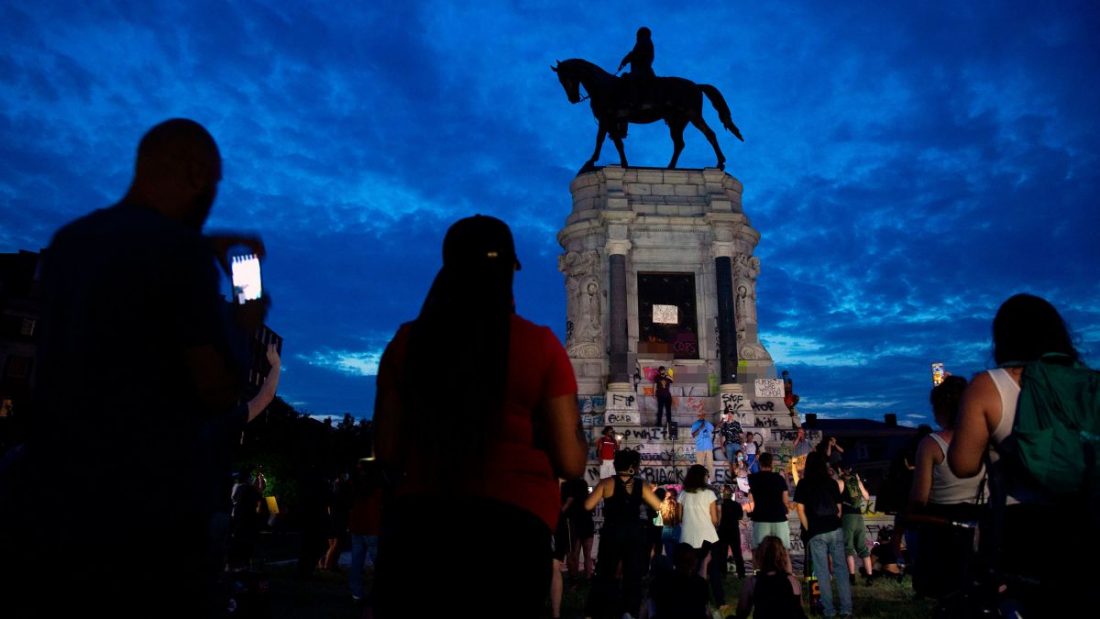
Part XLV: Dear Tolkien Fans: Black People Exist
by Christina Warmbrunn
Tolkien fan communities can be hostile places for Black fans. Just because Tolkien’s work has white supremacy embedded in it does not mean that fans should embrace or replicate it.
Part XLVI: What Should We Do with Hateful Medieval Monuments?
by Katherine Clark Walter
If you know what to look for, you can find monuments to medieval hate in medieval churches and town squares across Europe. The question then is: what should be done with them?
Part XLVI: Improving Dungeons and Dragons: Racism and the “Barbarian”
by Paul B. Sturtevant
Barbarians in Dungeons and Dragons’ 5th edition blend two things: fascinating Viking history, and disgusting stereotypes of Native peoples. It should be changed.
